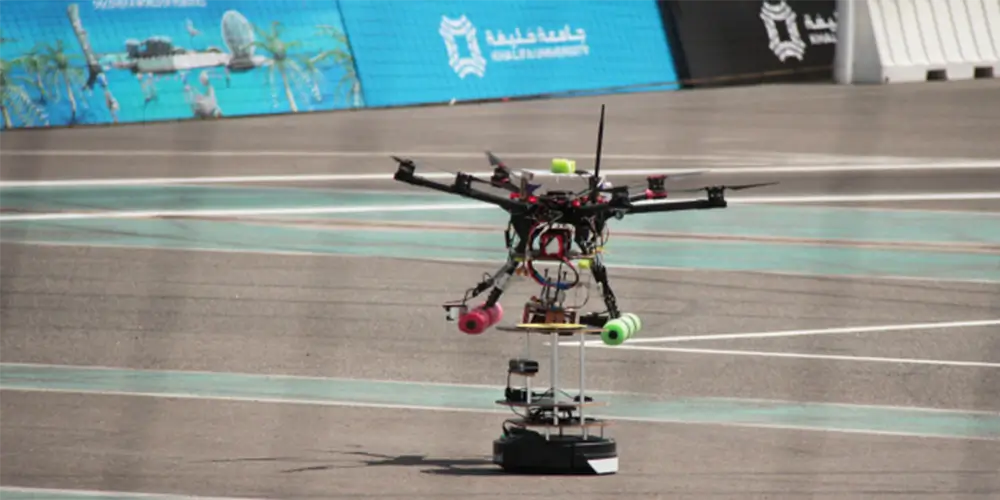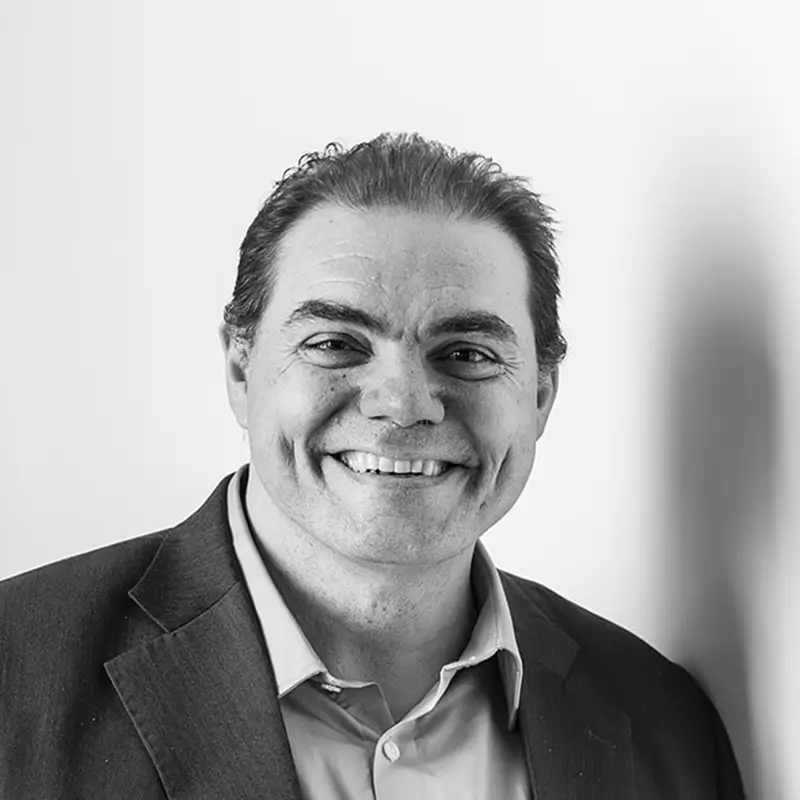
“The big question you always have to ask is ‘Why.’”
— Damian Savio
The team at IDE Group is often tackling complex problems and stepping into uncharted territory that demands new methodologies and new ways of thinking. One of the ways ide Group ensures it’s got the best tools for the job is by partnering with Universities and developing custom design methodologies that support ide’s values and unique way of working.
The team also regularly participates in university led events and workshops to cross pollinate ideas and test the latest tools and techniques coming straight out of the faculties of Transdisciplinary Innovation and Design, Architecture and Building. Senior Product Developer, Damian Savio recently had the opportunity to attend a masterclass on Frame Innovation led by the UTS Design and Innovation Research Centre at University of Technology Sydney.
IDE Connect spoke to Damian to find out more about Frame Innovation and share some of the insights he gathered from the experience.
IDE Connect: You recently had the opportunity to attend the UTS Design & Innovation: Frame Innovation masterclass. After that experience, what does Frame Innovation mean to you?
Damian Savio: I think for me, Frame Innovation describes a set of principles that allow you to navigate complex problems. In my opinion, these principles can be broken down into three key stages; (1) understanding the context and who’s involved, (2) questioning to find out what’s valuable and (3) applying the framing process to shift the paradigm, or way of thinking, about a problem. The most appropriate scenario for using the Frame Innovation approach is when you’re dealing with complex problems.
IC: What do you think defines a complex problem?
DS: Complexity comes in many forms, but usually complexity rises when there are multiple stakeholders with different needs and values. I think it’s important to remember that while the problem might not be complex, there could be technical things about the problem that are complex.
IC: How does the frame innovation approach help solve complex problems?
DS: The Frame Innovation process was originally designed to help solve complex social problems, but the more I learn about it, the more I think it can be used on other complex problems as well. From my point of view, every product we work on at ide is solving a social problem on some level. More often than not, the problem we were trying to solve isn’t with the product, but the people behind it who all have a different view of what the product should be.
Frame Innovation can help by digging out what’s really valuable to these stakeholders. To get to this value, the big question you always have to ask is “Why.” Sometimes this can be really difficult because you’re analysing and defining something that is very subjective and trying to turn it into something that is very objective. Frame Innovation is a tool that can help you navigate through this ambiguity.
At ide, we always bring the client along for the ride. It helps grow a mutual understanding of how we think and a common language to navigate to the best solution.
IC: Can you share a few of the key insights from the Frame Innovation masterclass?
DS: During the class I came to the realisation of two things. Firstly, I realised some patterns of themes are common across all projects. For example we tend to see ‘safety’, ‘wellbeing’ and ‘responsibility’ emerge as important themes on medical device projects. My initial thought was; why can’t we take this list of themes and apply them to every problem? But the realisation I had was that you can’t. Stakeholders need to be involved in the process of understanding and identifying themes; otherwise the end solution won’t be valuable for you or the client. The Frame Innovation process plays a big part in getting everyone on board and involved.
Secondly, I realised how important it is to be honest about the themes you’re identifying. During the class we looked at how to design out crime in Kings Cross. Everyone had a lot of ideas about how to make Kings Cross safer and make people feel confident about going there. But what I realised was that you can come up with solutions to design out crime in Kings Cross, but for many people, a big part of the appeal of going there is that it’s risky, exciting and dangerous. If you take that appeal away, it won’t be considered special anymore. For designers, it’s important to be honest about the themes you’re identifying.
IC: Are there any tools or techniques that you learnt that you can share?
DS: One of the most important things I learnt was how to break down themes. For example, ‘safety’ in itself is not a theme. However if you ask the question “What does safety give you?” you immediately get closer to the underlying theme. Safety gives you a multitude of things, like confidence and wellbeing, etc. By asking that question it opens up another valuable layer of themes.



